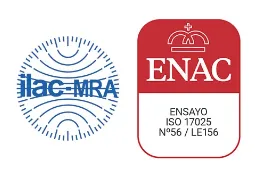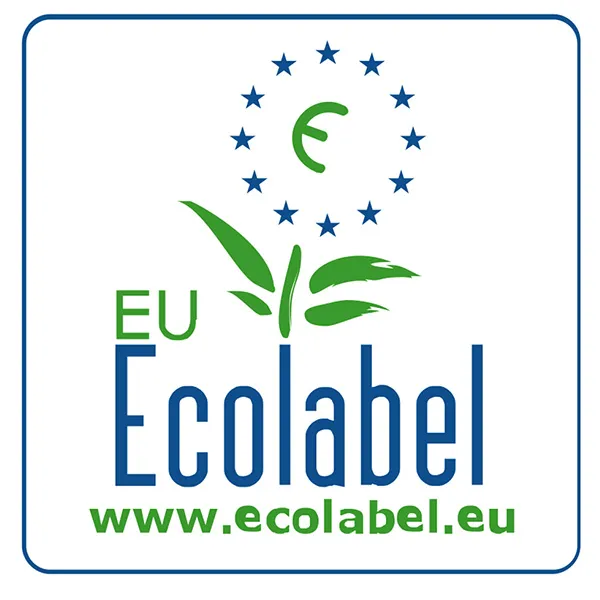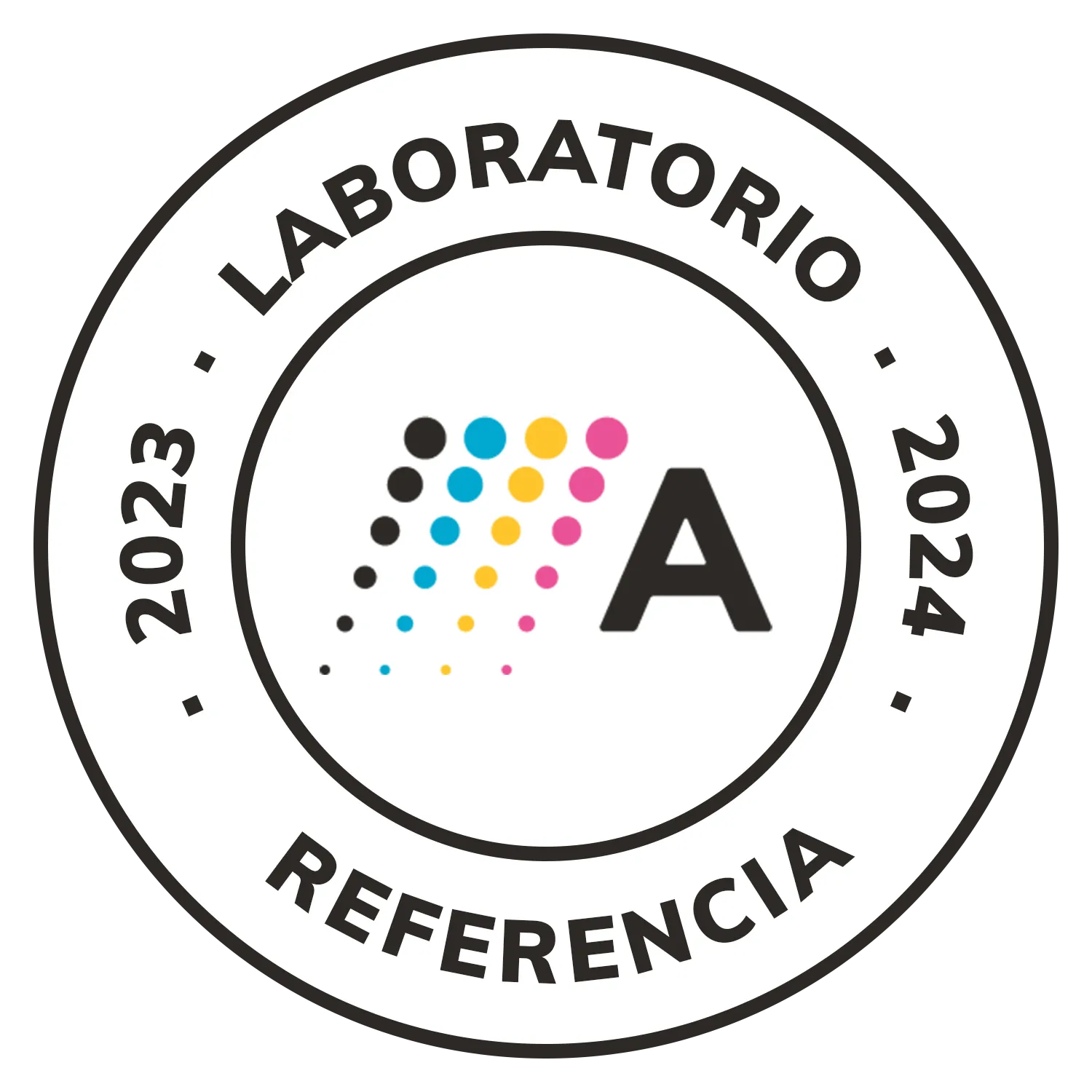Coatings tests
The characterization of paints and coatings makes it possible to predict their durability and how they will be affected by the passage of time.
Paints and coatings do not simply provide the aesthetic finish of a part, but are also used to provide special protection or functionality to the part they coat.
It is therefore important to characterize them and evaluate their durability in terms of their use and the passage of time.
At AIMPLAS, we perform a wide range of tests on coatings to help our clients guarantee the quality of their painted products:
- Degree of cure and composition analysis, which are important in paint formulation.
- Measurement of surface tension and layer thickness to ensure the paint effectively covers the part.
- Adherence assessment to determine the quality of the bond between coating and substrate.
- Mechanical tests to assess the elasticity and impact resistance of the paint layer.
- Gravelometer: The gravel impact strength of the coating under test is tested by projecting many small bodies with sharp edges in a short period. The material used in the test is gravel of different sizes, which is projected on the coating with a defined angle using compressed air. The damage caused will depend not only on the angle but also on the pressure level, the mass of the projectiles, the duration of the bombardment and the design of the test apparatus.
The vibratory conveyor transports the gravel from the funnel to the air jet in front of the accelerator nozzle. It is designed so that the grain feed speed can be varied. The device is capable of projecting 500 g of grain for ten seconds. The pressure chamber is large enough to allow the specified working pressure of 200 kPa to be maintained at a constant level for at least 10 seconds while the solenoid valve is open. The impact of the gravel occurs in the body of the testing machine, where the specimens are then removed to be assessed.
The result of the test can be made visually or through optical images. The reference standards represent classifications from 0.5 to 5.0 in 0.5 intervals. In addition to the degree of chipping, the main level of separation or the layers of the paint system between which the loss of adhesion occurred should be specified if possible. Marks are not evaluated.
- Measurement of colour and gloss to guarantee the visual appearance required by the model or reference it imitates.
- Scratch and abrasion resistance tests to evaluate the coating’s general and surface wear.
- Weathering and accelerated ageing tests to check the coating’s durability against external agents such as high and low temperatures, moisture and light radiation.
- Chemical resistance testing to ensure the paint layer is not damaged if it comes into contact with chemical substances during its shelf life.
- Fire resistance tests to comply with specific safety regulations based on the final application of the painted part.
- VOC emission testing on painted parts used in vehicle interiors to guarantee air quality and the lack of unwanted odours inside the vehicle.
- Microscopic surface and defect analysis to detect any external contamination sources, errors in the painting process or defects in the substrate surface.
- Measurement of roughness to quantify irregularities on the substrate surface before painting or on the already painted surface
- Testing for obtaining the Ecolabel certification for paints and varnishes.
Our analysis and test laboratories boast all the equipment, experts and expertise needed to perform characterization tests on coatings. Do not hesitate to contact us.





